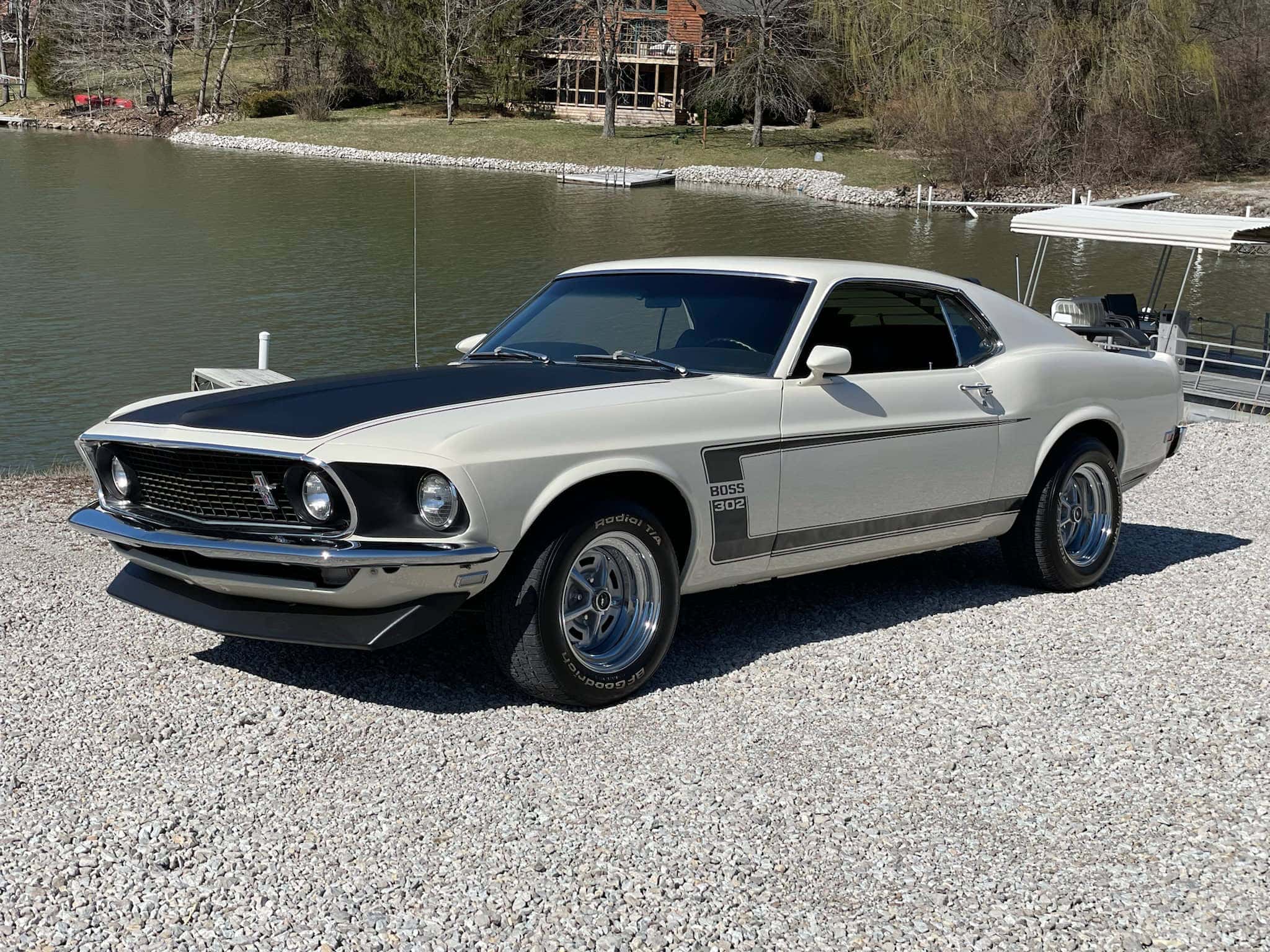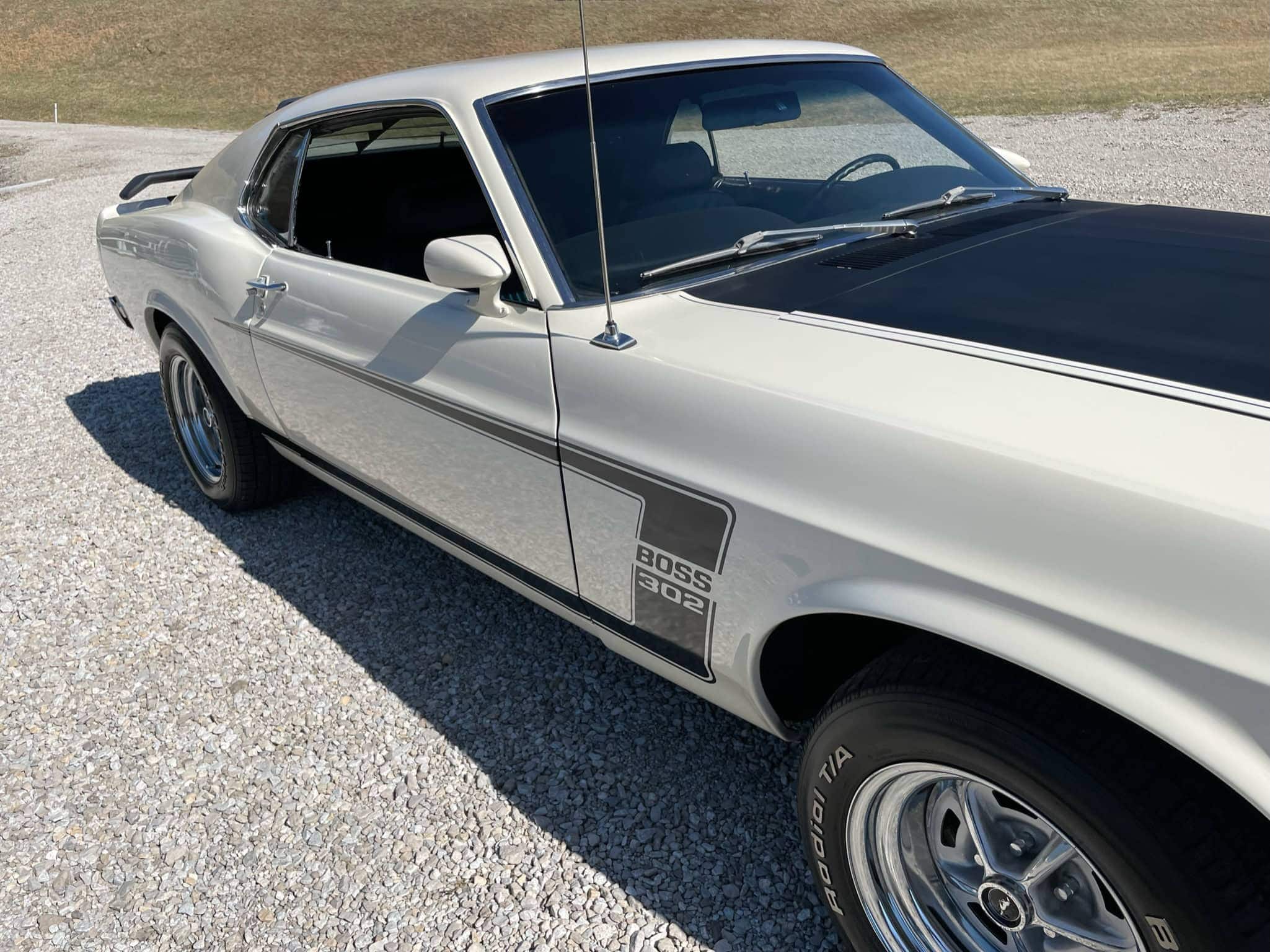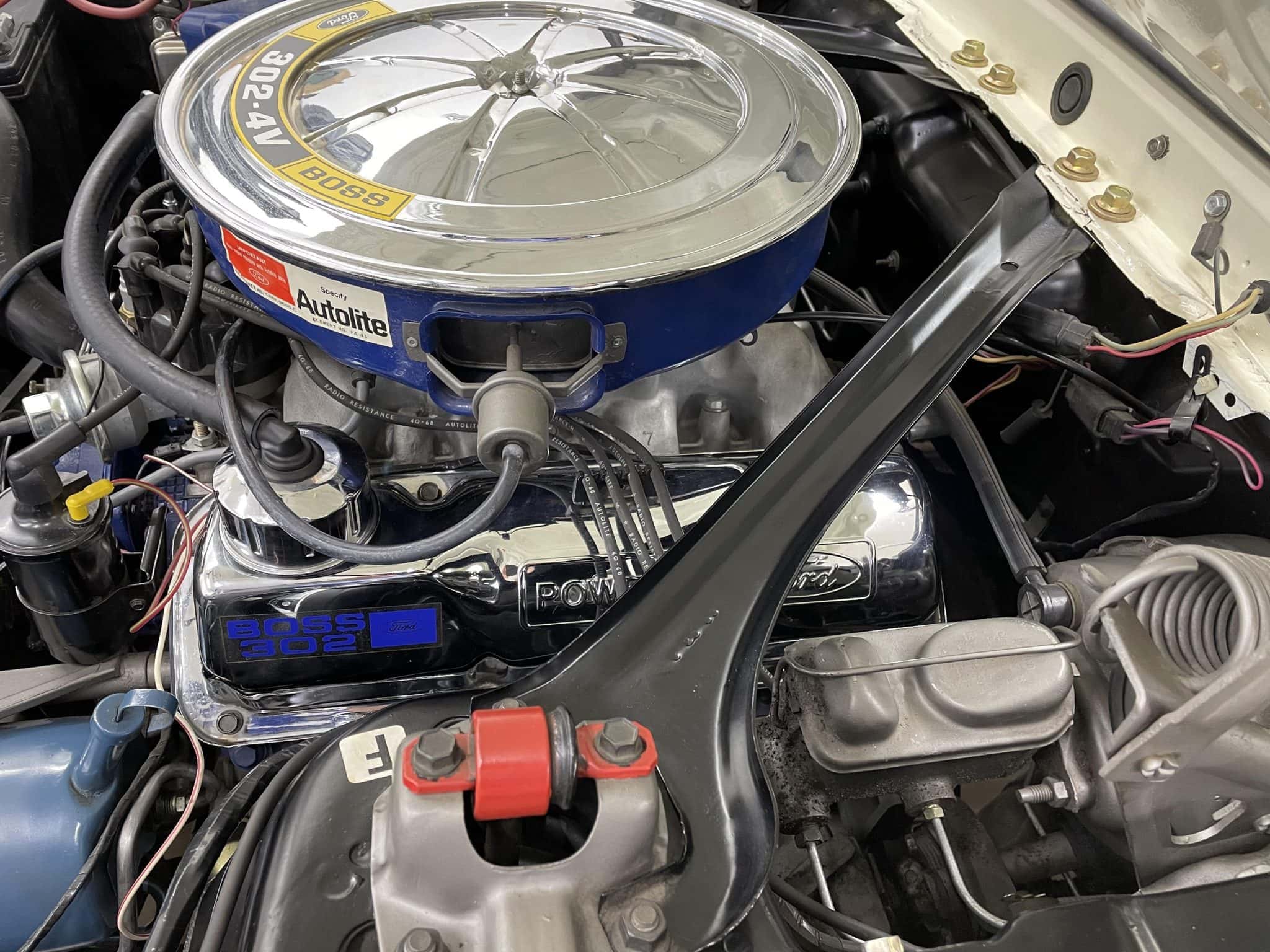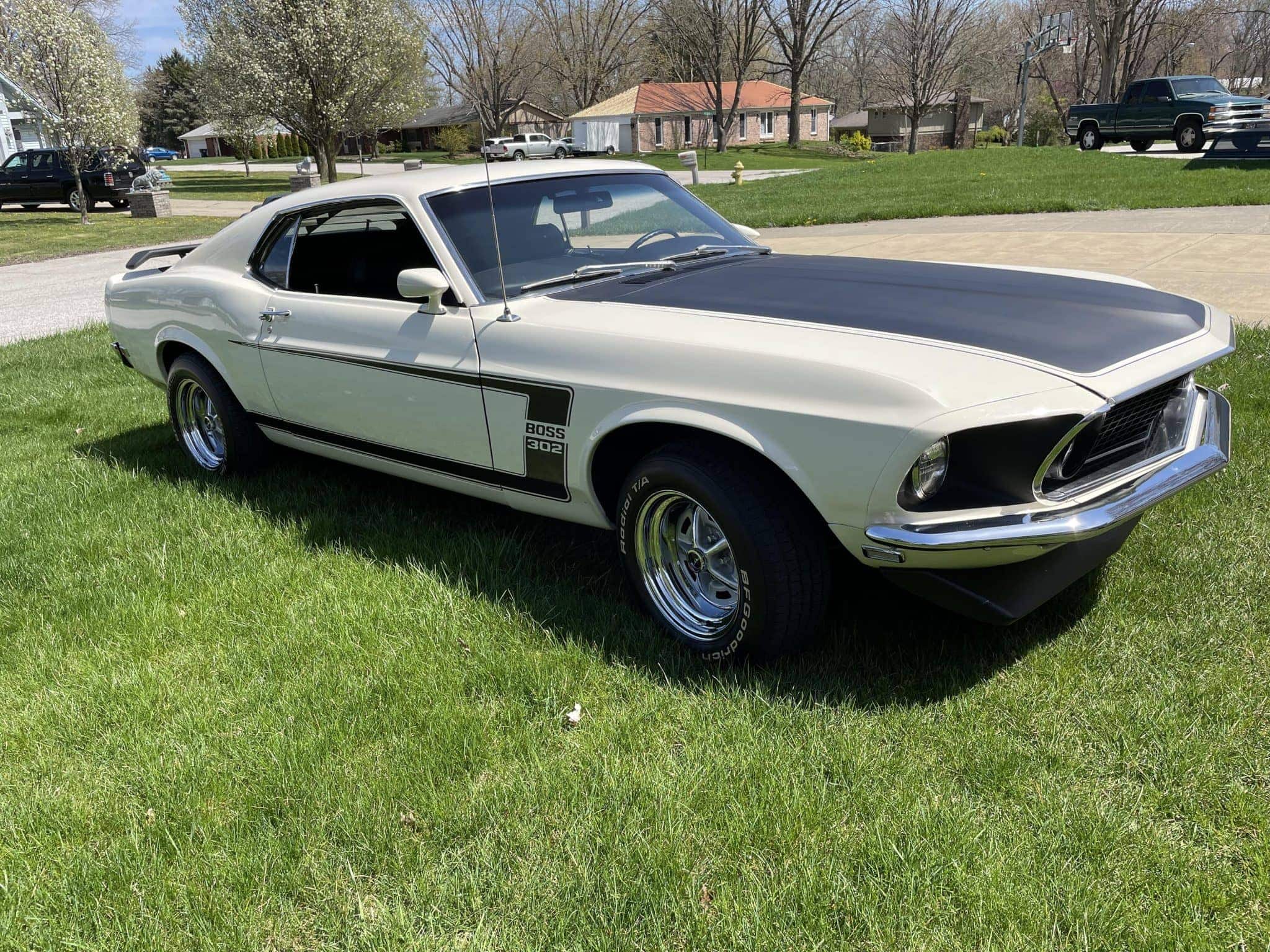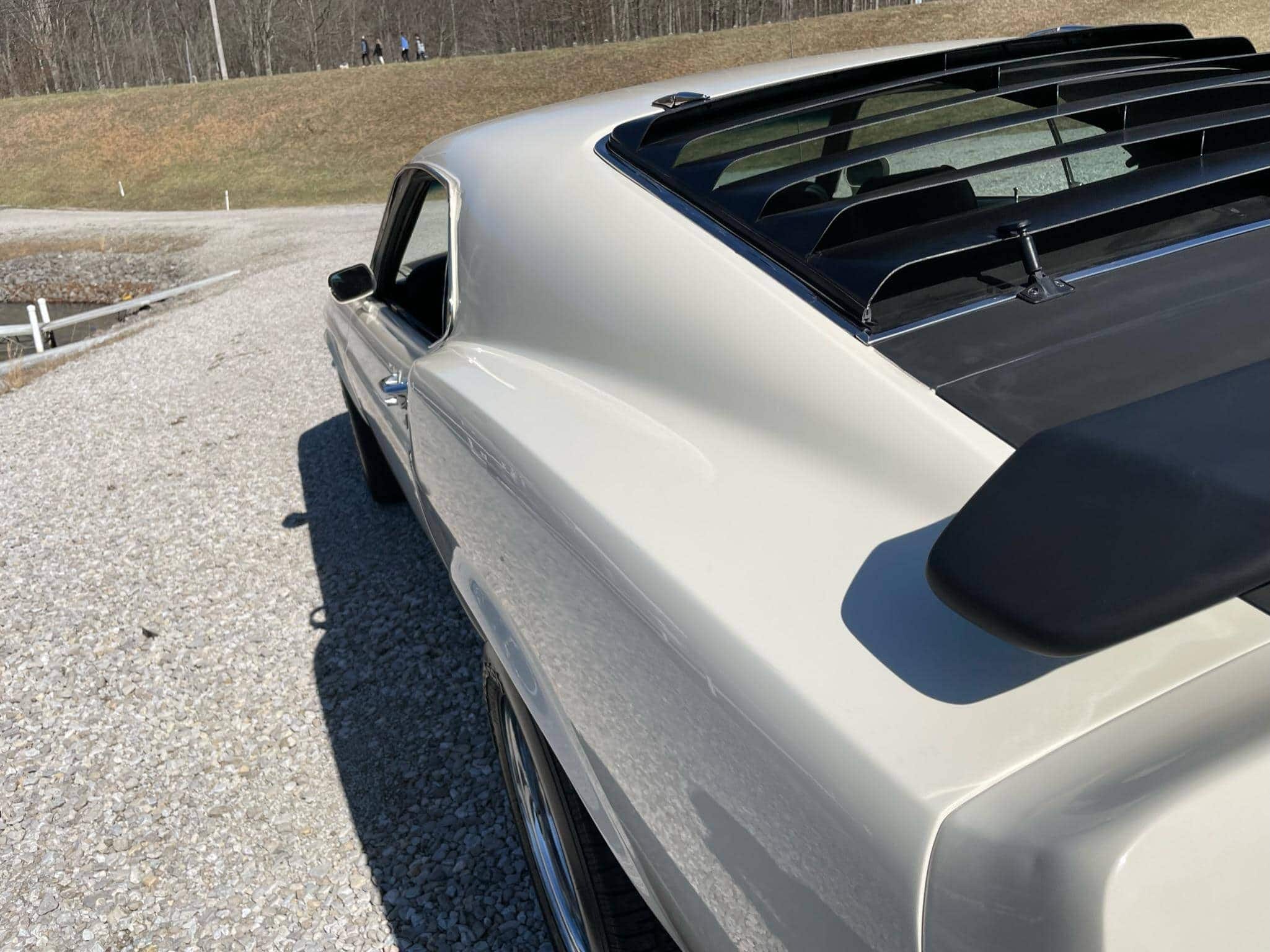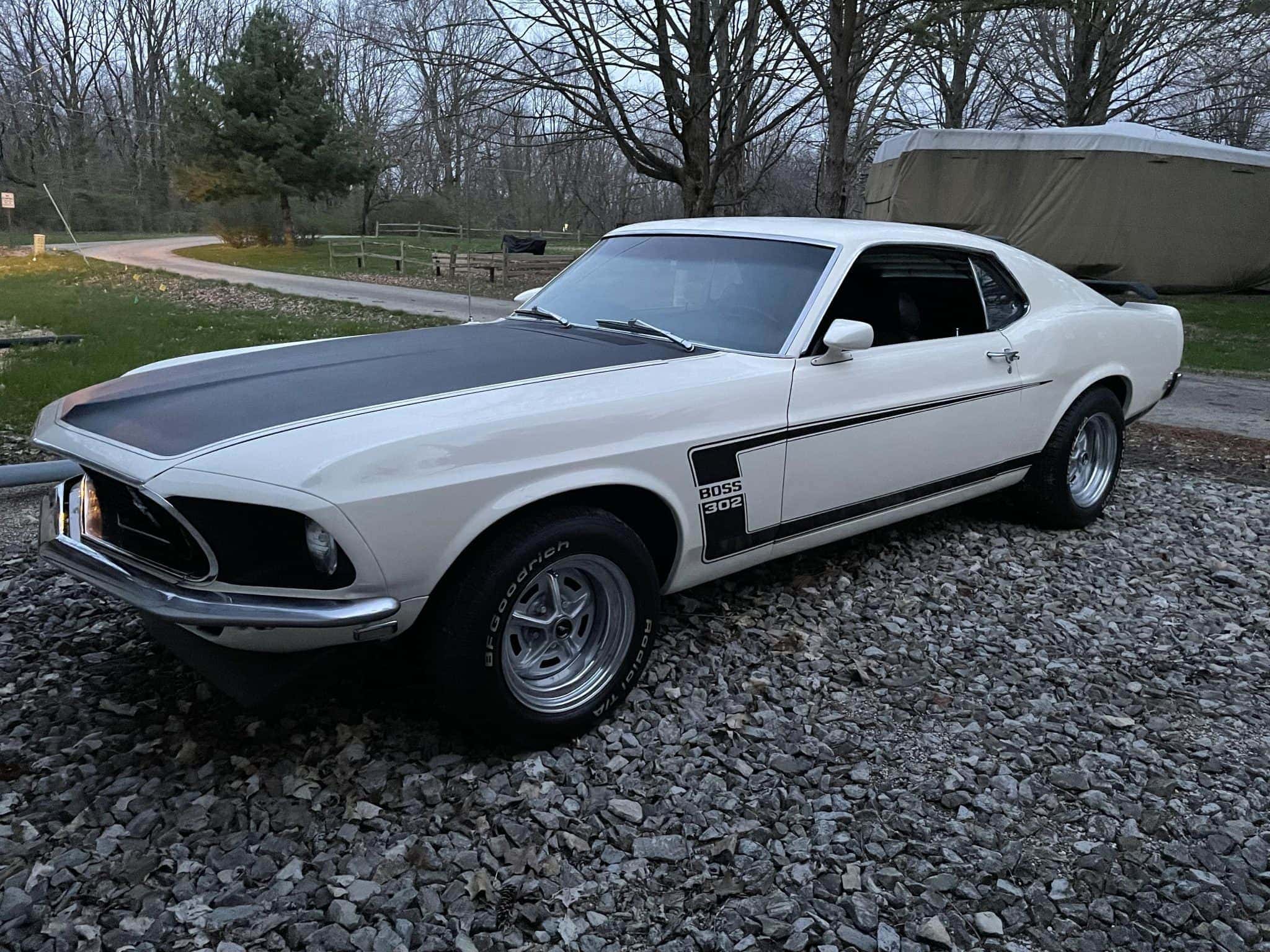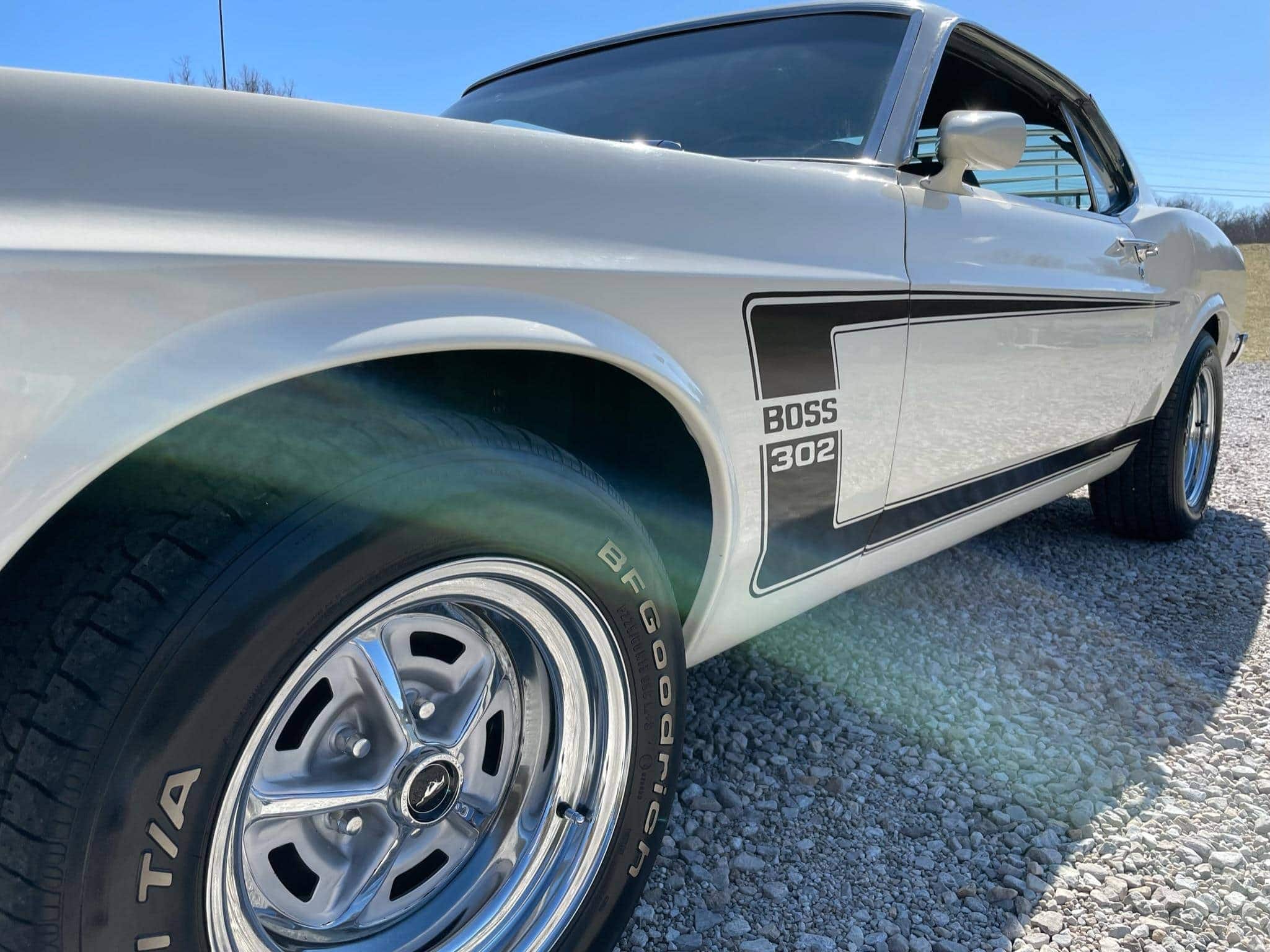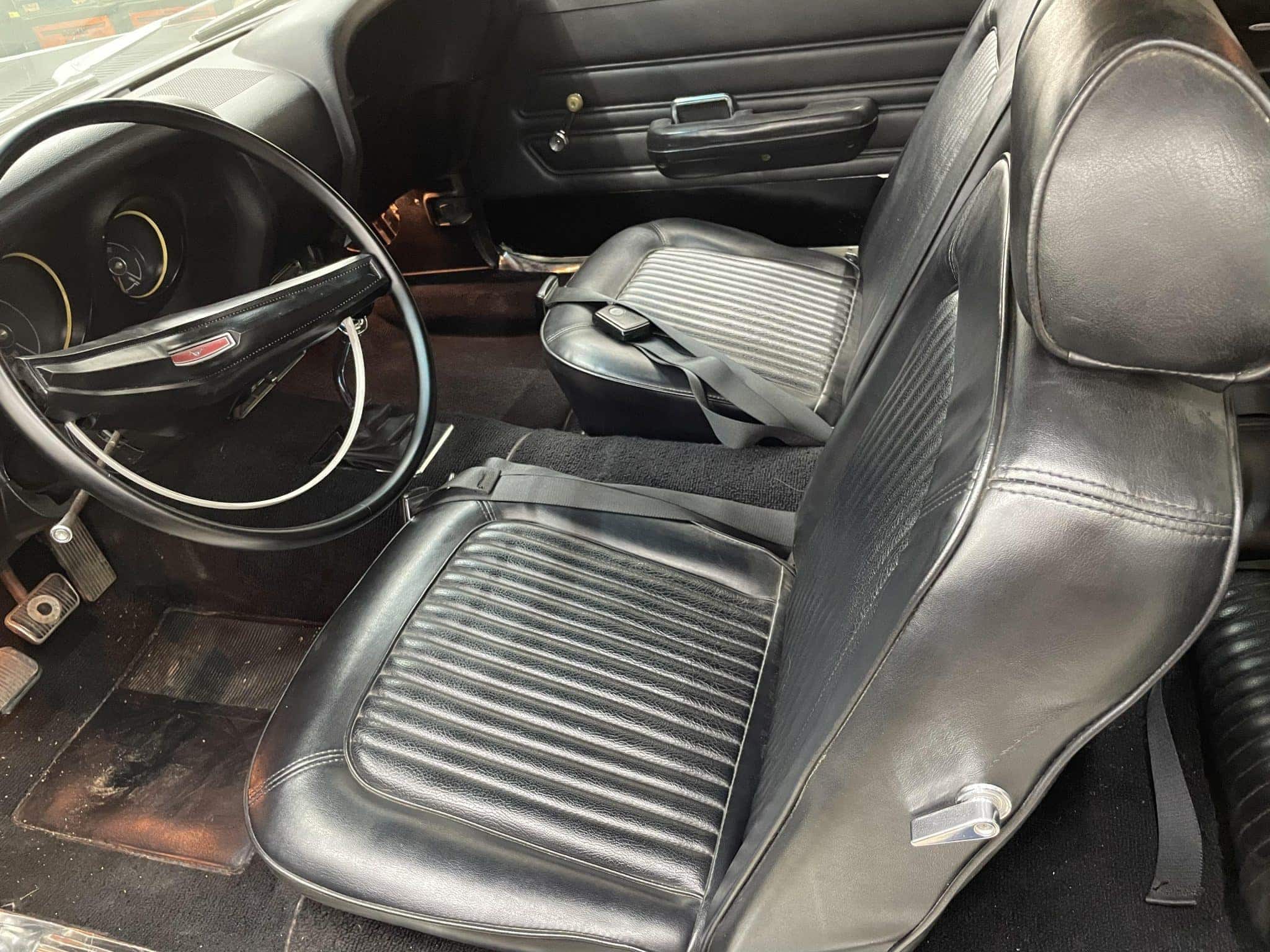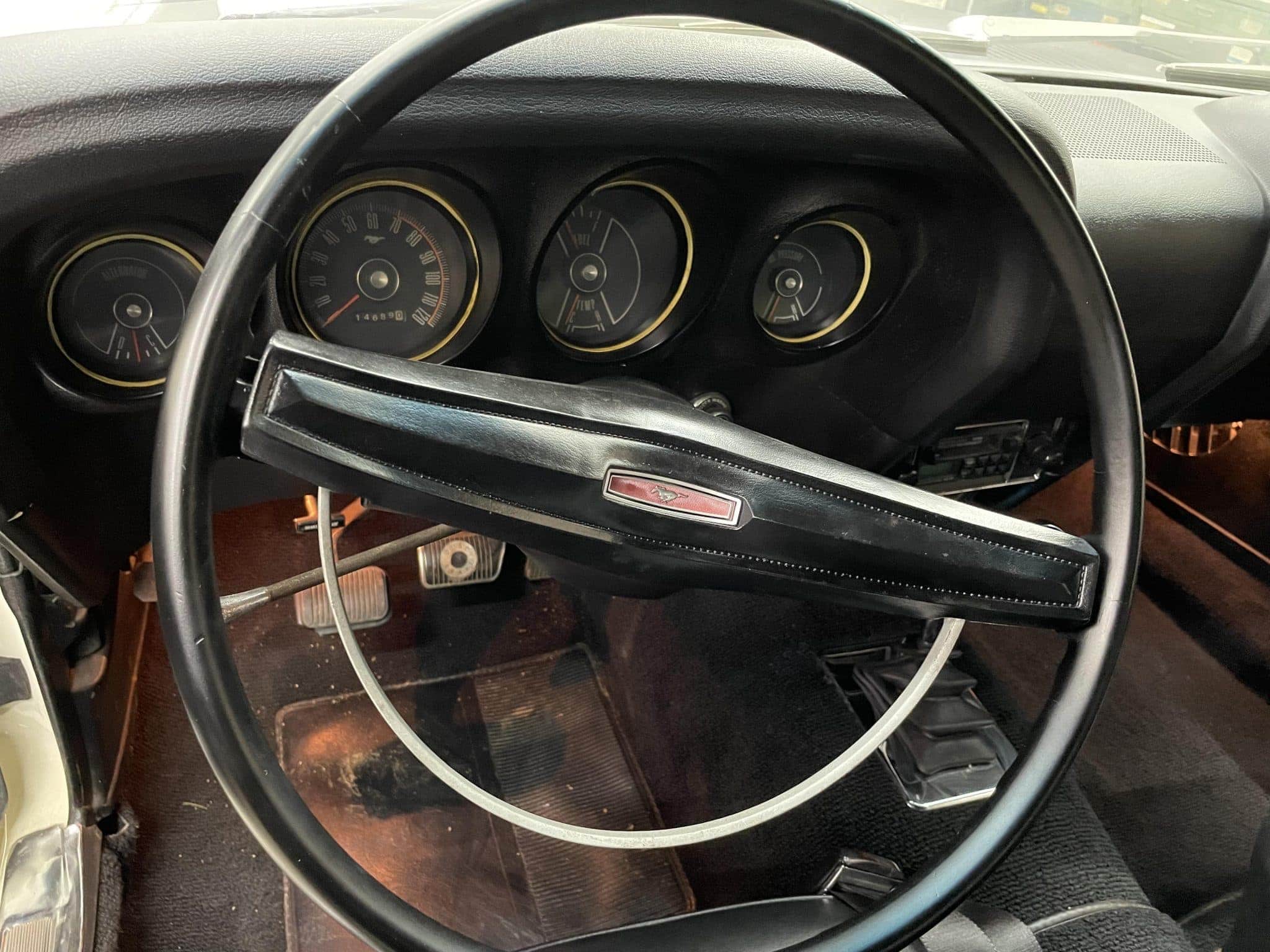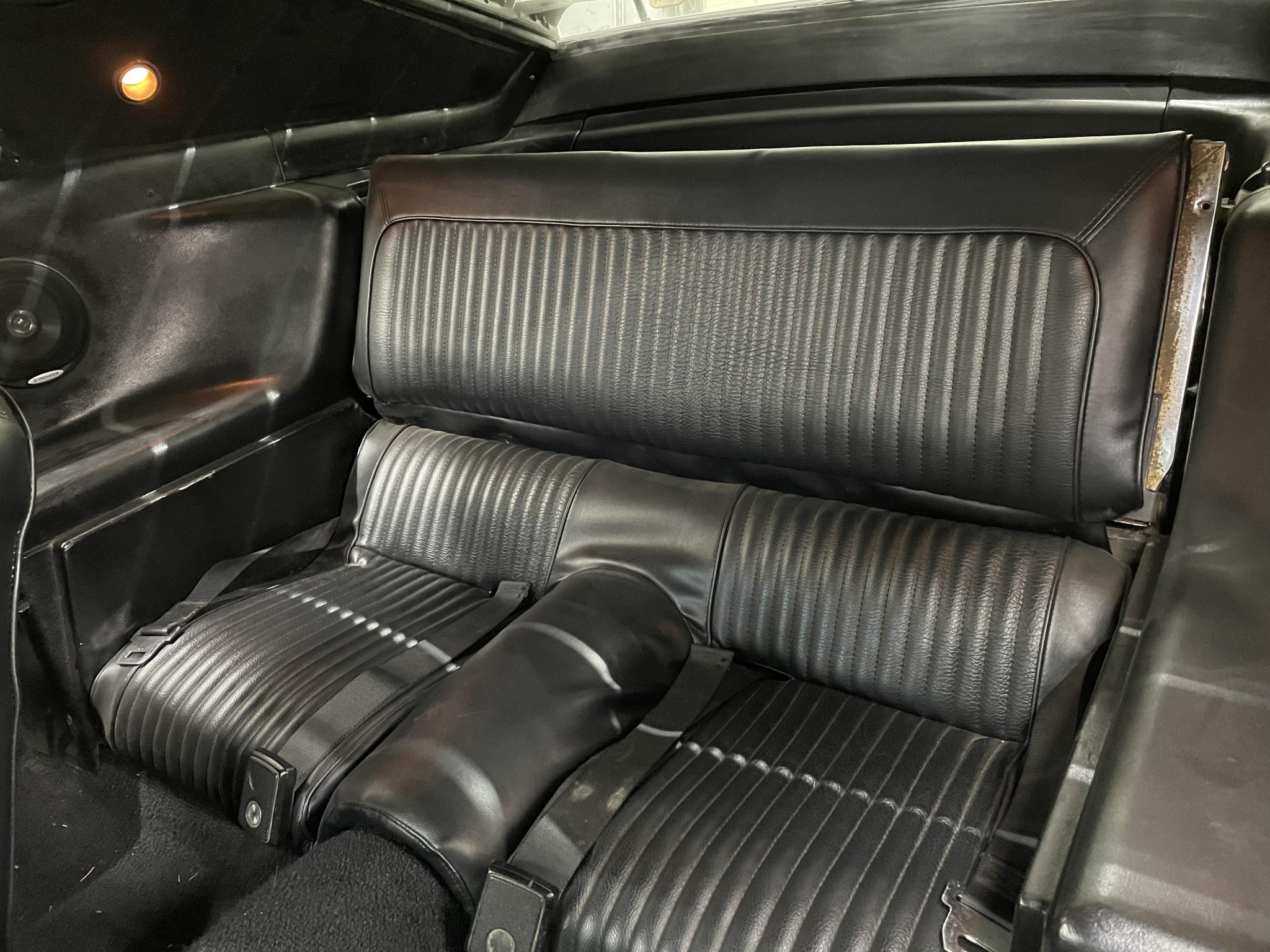The 1969 Ford Mustang Sportsroof with the Boss 302 engine is one of the most celebrated muscle cars in automotive history. Combining striking design, innovative engineering, and raw power, this Mustang variant remains a symbol of the golden age of American muscle cars. Let’s delve into the details that make the Boss 302–powered 1969 Mustang Sportsroof an enduring icon.
A Brief History
In the late 1960s, Ford was determined to dominate the SCCA Trans-Am racing series, a fiercely competitive arena showcasing the best of American muscle. To meet homologation requirements for the series, Ford needed to produce a certain number of street-legal versions of their race cars. Thus, the Boss 302 Mustang was born, designed to take on rivals like the Chevrolet Camaro Z/28.
The Engine
At the heart of the Boss 302 Mustang is its namesake engine: the Boss 302. This high-performance V8 was specifically engineered for both track and street use. The engine featured a 4.9-liter displacement (302 cubic inches), delivering around 290 horsepower at 5,800 RPM and 290 lb-ft of torque at 4,300 RPM. However, enthusiasts often claim that the actual output was closer to 350 horsepower.
Key features of the Boss 302 engine include:
- Cleveland Cylinder Heads: Known for their large ports and valves, these heads improved airflow, enhancing performance.
- Solid-Lifter Camshaft: Allowed for higher RPMs and more precise valve timing.
- Four-Barrel Carburetor: A Holley 780 CFM carburetor ensured ample fuel delivery for robust performance.
- High-Rise Intake Manifold: Designed to optimize the air-fuel mixture, boosting engine efficiency and power.
Design and Features
The 1969 Mustang Sportsroof, also known as the fastback, featured a sleek, aerodynamic design that set it apart from other muscle cars of the era. The Boss 302 variant included several distinctive styling cues and performance-oriented features:
- Aggressive Front End: The front grille was blacked-out, flanked by quad headlamps and a prominent hood scoop, giving the car a menacing look.
- Side Stripes and Badging: Bold “Boss 302” decals adorned the sides, along with unique badging to signify its special status.
- Rear Spoiler and Slats: A functional rear spoiler and rear window slats not only added to the car’s aesthetic appeal but also improved aerodynamics.
- Magnum 500 Wheels: These sporty wheels, paired with wide tires, enhanced grip and handling.
Performance and Handling
The Boss 302 wasn’t just about straight-line speed; it was designed to excel in handling and overall driving dynamics. Key aspects included:
- Heavy-Duty Suspension: Upgraded shocks, springs, and sway bars ensured the car could handle the rigors of both track and street driving.
- Close-Ratio 4-Speed Manual Transmission: Allowed for quick, precise shifts, maximizing the engine’s power band.
- Power-Assisted Front Disc Brakes: Provided excellent stopping power, essential for both safety and performance.
Legacy
The Boss 302–powered 1969 Mustang Sportsroof has left an indelible mark on automotive history. Its combination of power, style, and performance has made it a highly sought-after collector’s item. Whether on the racetrack or the open road, the Boss 302 remains a testament to Ford’s engineering prowess and commitment to performance.
Today, restored and well-preserved examples of the 1969 Boss 302 Mustang command high prices at auctions, cherished by enthusiasts and collectors alike. The car’s legacy is also celebrated through modern iterations, such as the 2012-2013 Boss 302 Mustangs, which pay homage to the original while incorporating contemporary technology and design.
The Boss 302–powered 1969 Ford Mustang Sportsroof is not just a car; it’s a piece of American automotive history. Its iconic status is a tribute to an era when muscle cars ruled the streets and the racetracks, embodying the spirit of performance, innovation, and sheer driving pleasure.
